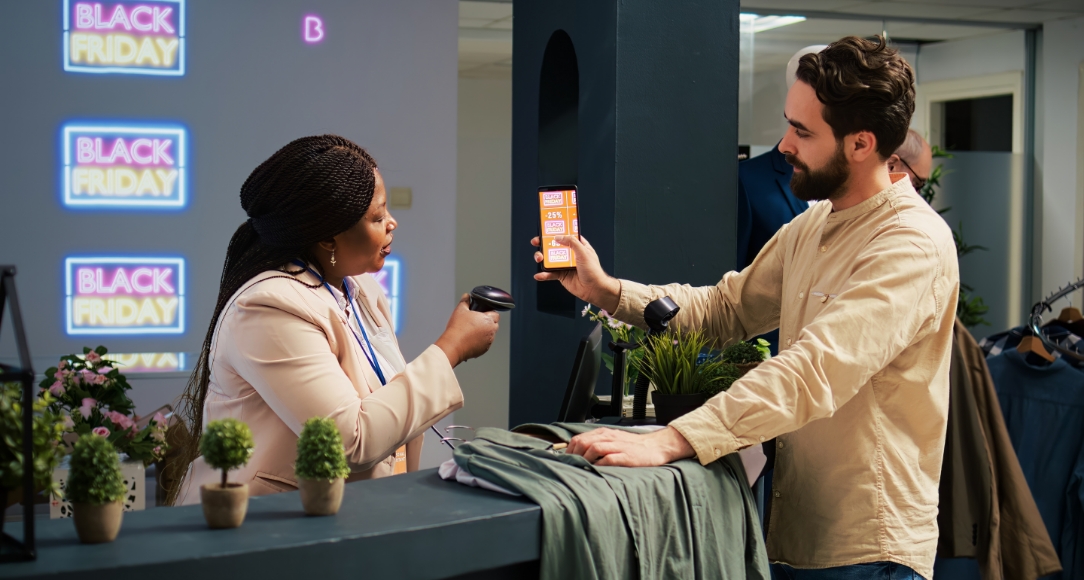As we move into a new year, our thoughts turn to the time ahead and what it will hold. For the world of retail technology, 2024 looks set to be an exciting year. As consumer demands continue to evolve, and competition is hotter than ever, retailers are embracing innovative solutions to stay ahead.
How does cloud software help retailers to drive sustainability?
Cloud-based solutions tend to consume less energy, as the computing devices are based in data centres designed and built for scale and efficiency. Retailers consume only the resources that they need – unlike most on-premise servers, which are typically sized for what they may need in the future. So by using cloud-based software for key retail technology systems, such as point of sale, loyalty, inventory, promotions and analytics retailers are contributing to reducing their energy footprint.
What is the difference between first-party and third-party data?
Third- party data is collected by someone other than the retailer themselves – the ‘third party.’ It typically comes from cookies – from such as social media, search history or online transactions. The ‘third party’ that collects this data makes it available to the retailer, but the retailer does not own the data and is limited in the analysis they can do. Whereas first-party data is collected directly by the retailer – for example through their own loyalty program. The retailer owns the data, which gives them far more control over and insights into it.







